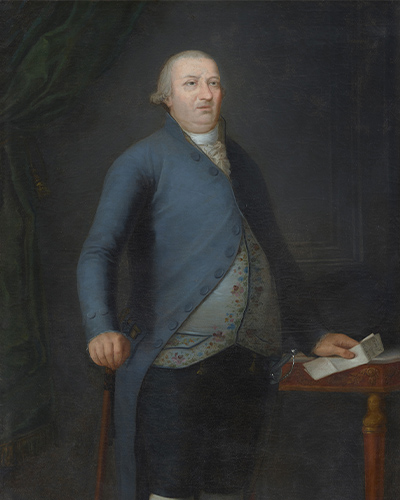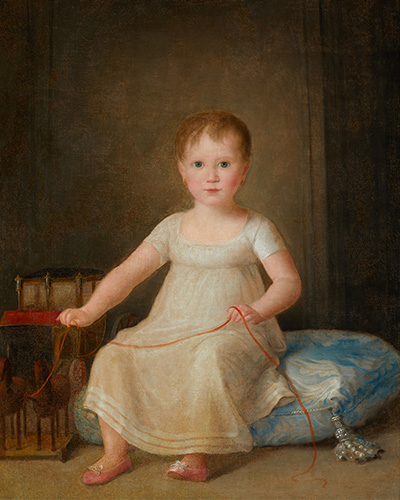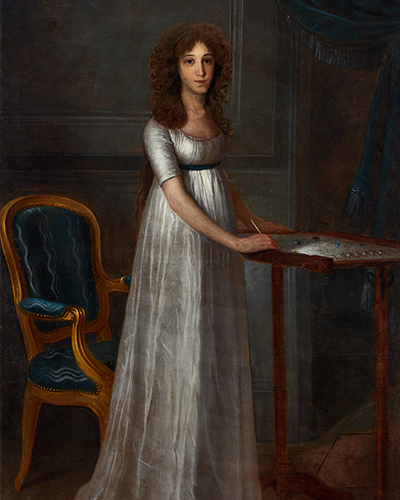Born into a family of altarpiece architects, at the age of fourteen he entered the workshop of the Valencian sculptor Ignacio Vergara, a year later he entered the San Carlos Academy of Fine Arts in Valencia and in 1770 he was enrolled at the San Fernando Academy in Madrid, where he became acquainted with the work of the painter who most influenced his training: Raphael Mengs, either directly or through Francisco Bayeu, to whose workshop he was linked.
Although he already stood out as a portraitist in the mid-1780s - the genre for which he is chiefly remembered - he received his definitive impetus from his collaboration with Goya on several commissions for portraits of the royal family. This activity, which he began in 1789, continued over time, copying portraits of the royal family painted by Goya for private individuals and even portraying the kings himself. His professional relationship with Goya developed into an open friendship and had a twofold impact on him: it boosted his career as a portraitist of the aristocracy and influenced his manner of painting, particularly his chromaticism and use of light, and his style became a kind of confluence of Mengs and Goya.
According to the artist from Fuendetodos, it was he who discovered Esteve's skill as a miniaturist, a genre he cultivated from the mid-1790s, at the same time as he began his most intense period as a portraitist, which lasted for two decades.
At the turn of the century he received official recognition when in the summer of 1800 he was appointed painter to the Chamber of Fine Arts and, three months later, a meritorious member of the San Fernando Royal Academy of Fine Arts. His eyesight problems forced him to apply for a pension in 1815 and finally to retire in 1819. In 1820 he went to Valencia, where he died, the exact date of his death is not known.



